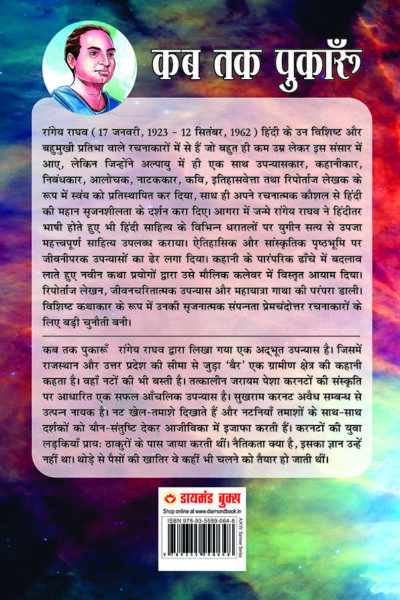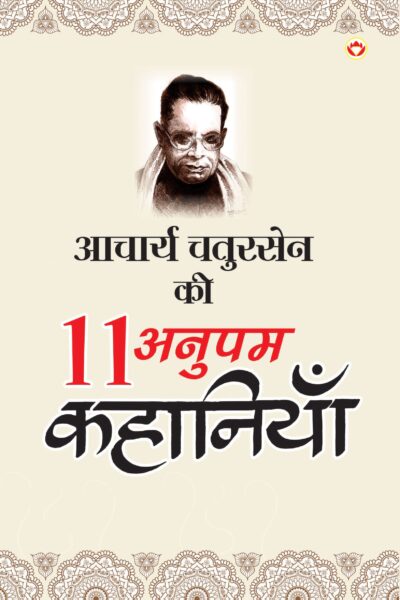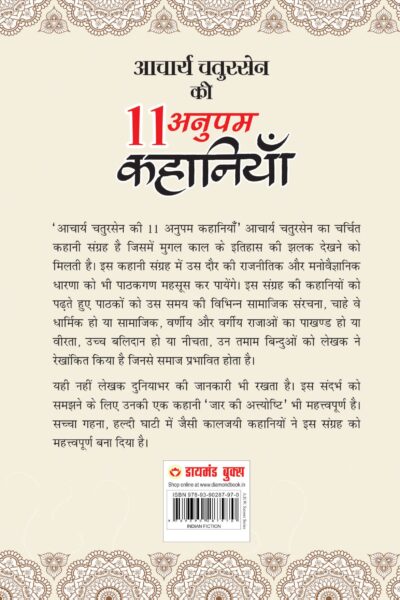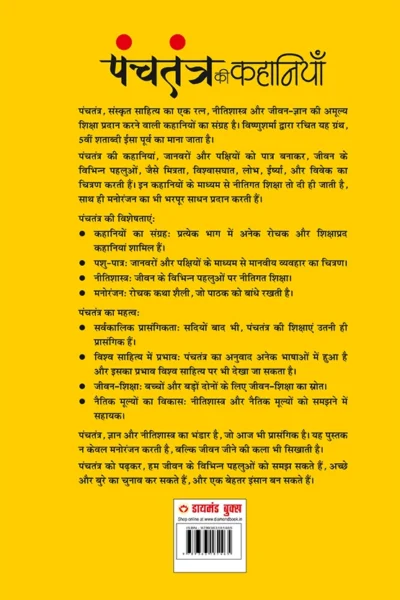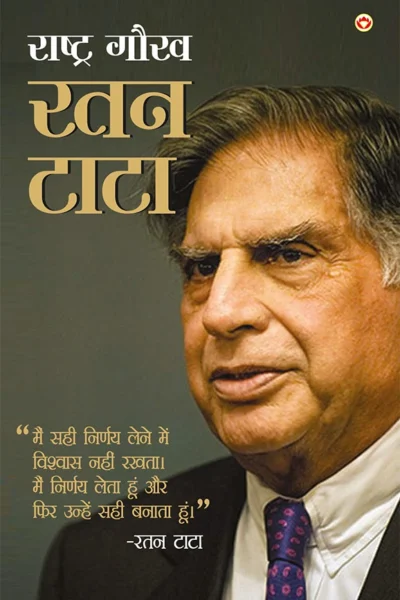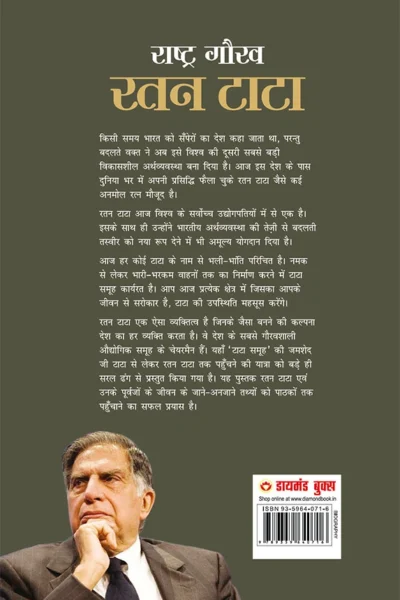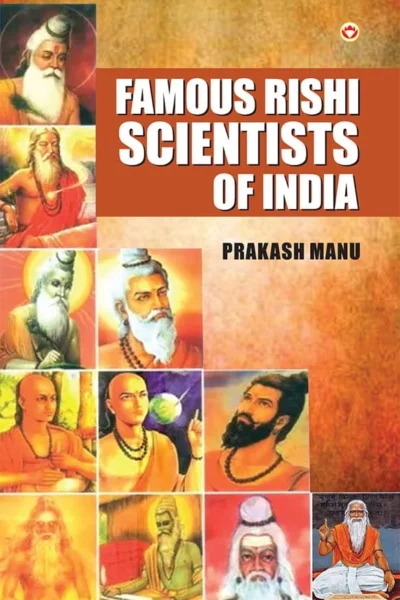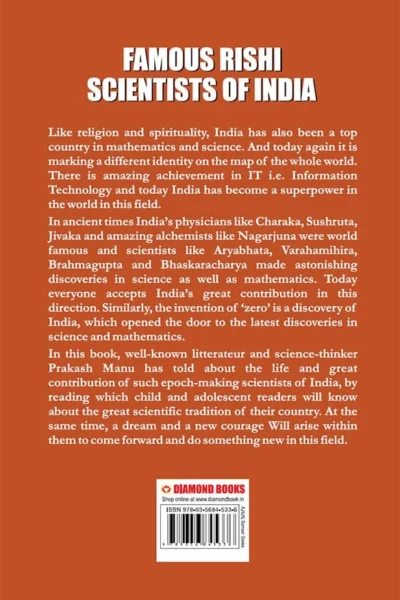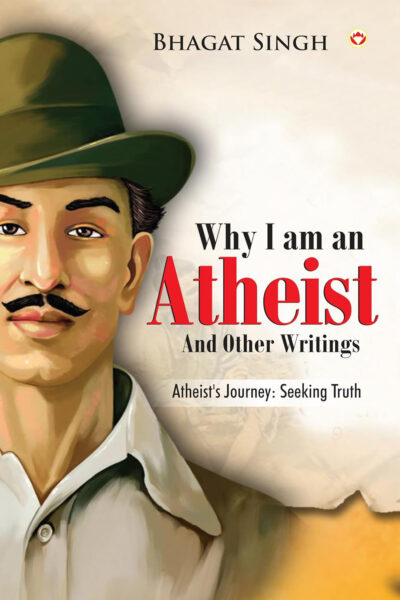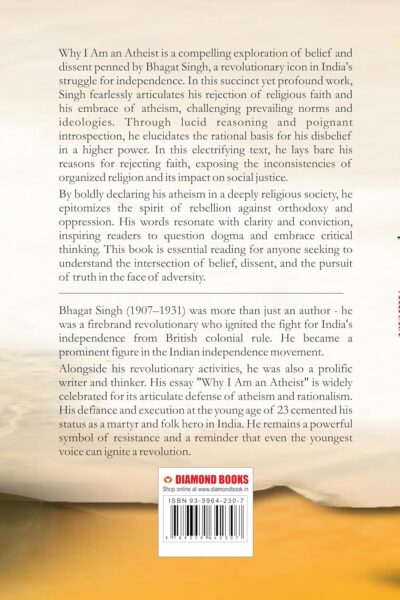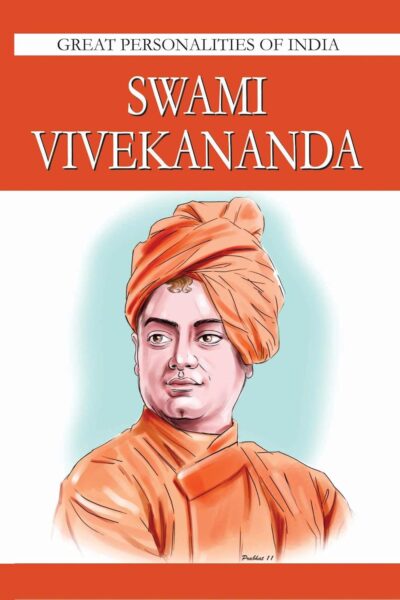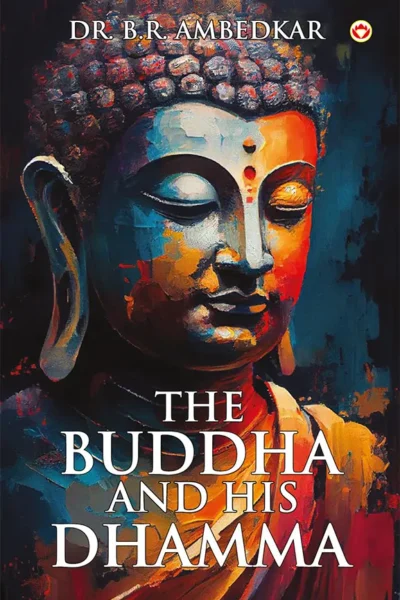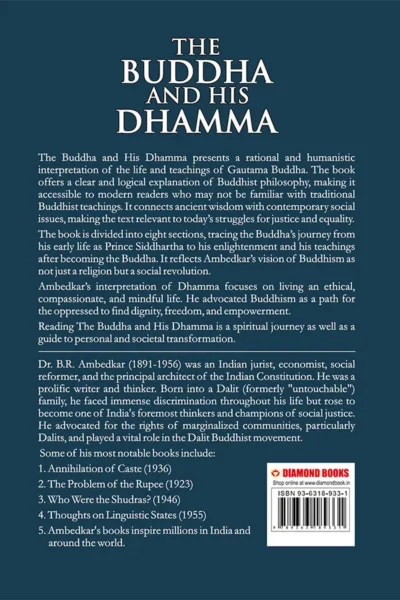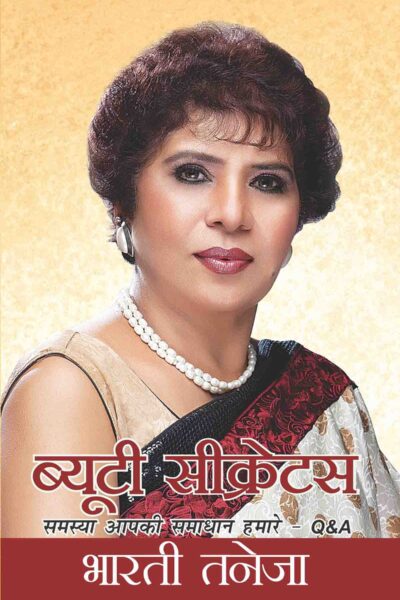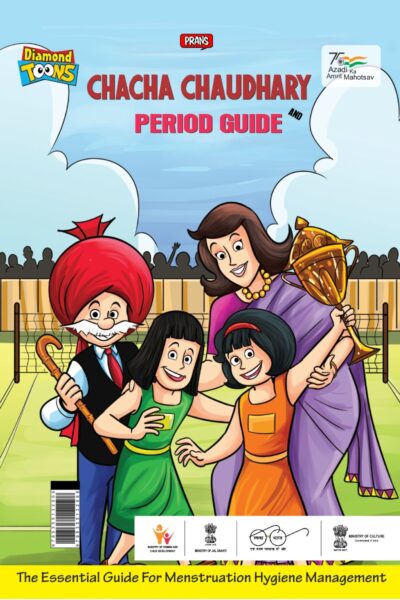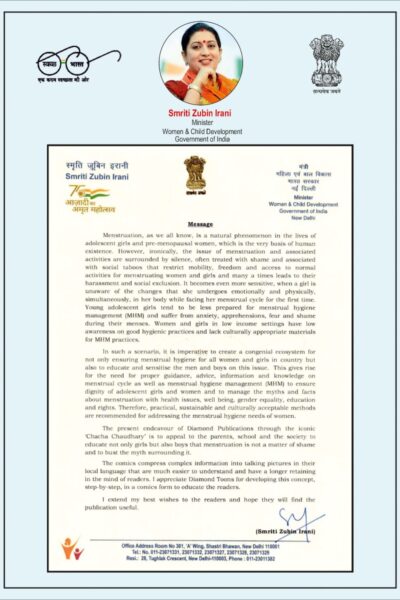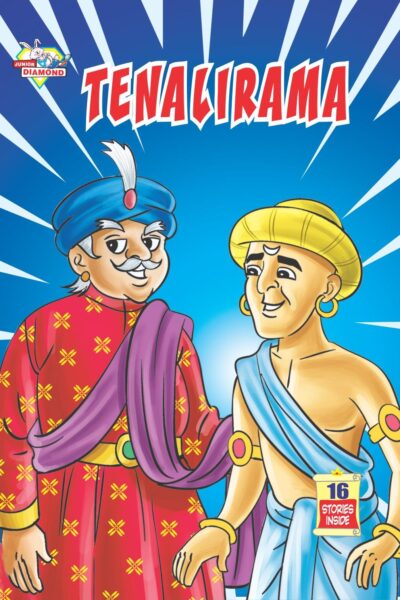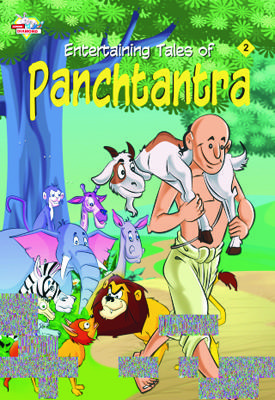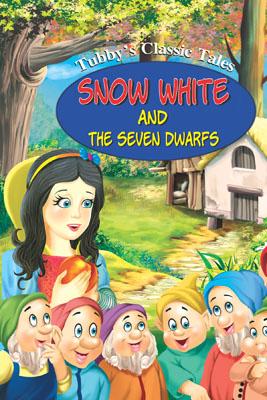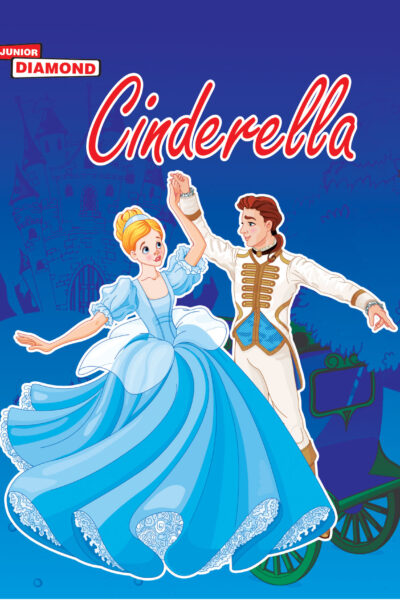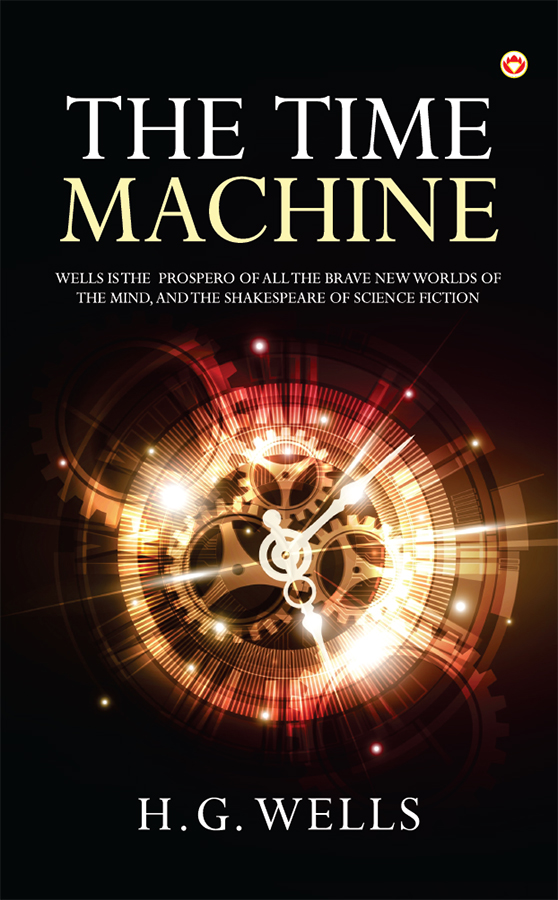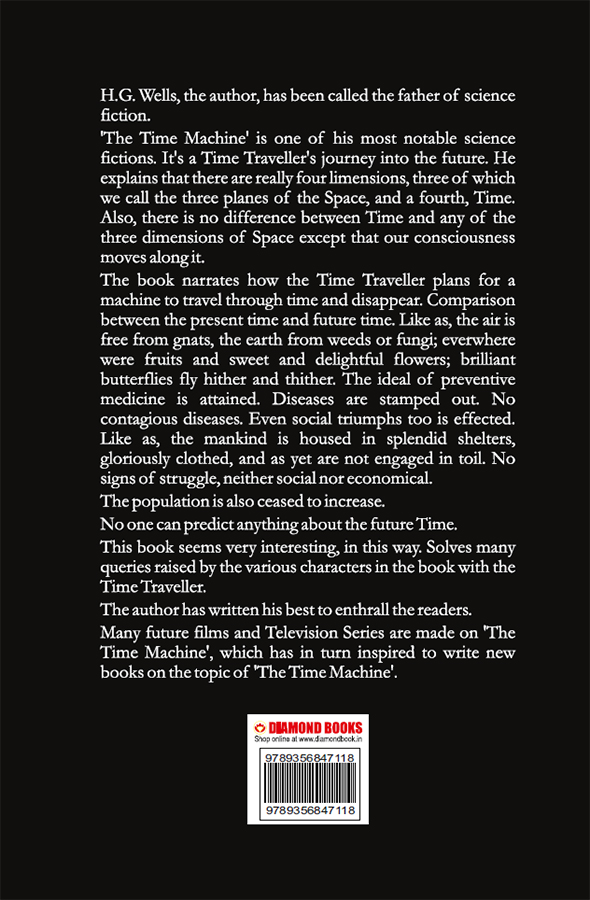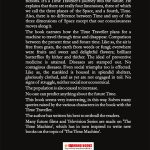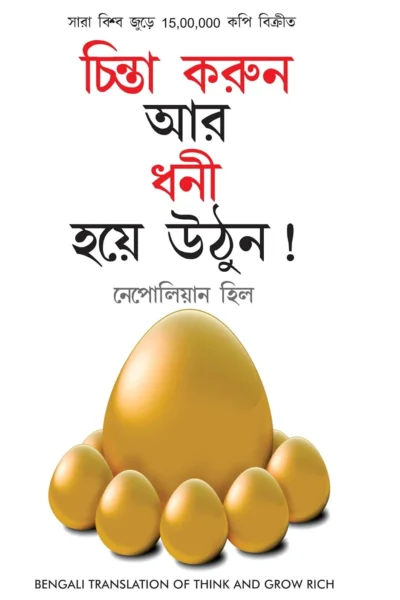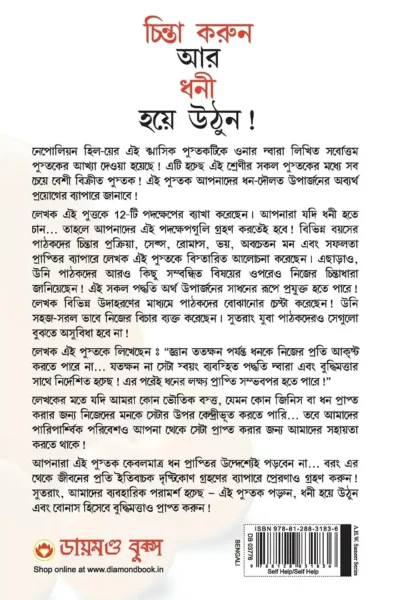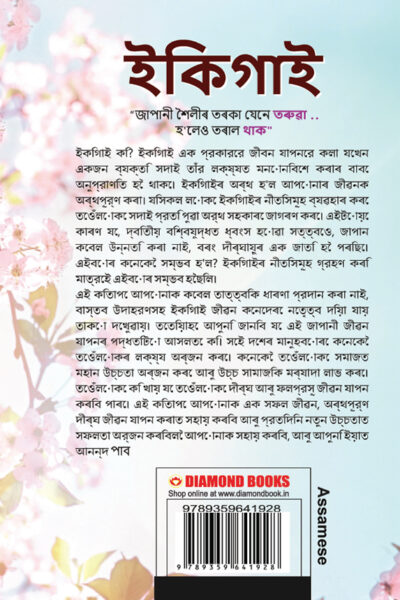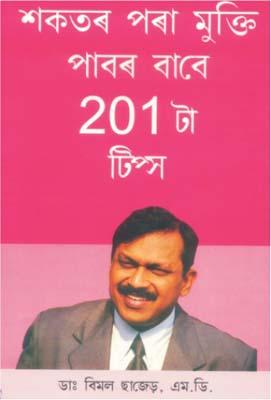- Home
-
-
- Short Stories
- Traveloc
- Novel
- Indian Classics
- Business Strategy
Shop Our top-rated business strategy books are designed for entrepreneurs and business leaders, offering proven strategies to elevate business success. Learn from industry experts and discover actionable insights to drive growth and profitability. Buy now and master the skills that set top businesses apart.
- Corporate History
Discover a comprehensive collection of corporate history books that detail the rise and success of major companies and their visionary leaders. Explore how these influential figures and their groundbreaking strategies have shaped industries and transformed the global business landscape.
- Economics
Discover the best economic and market books in India at Diamond Book Store. Our collection features essential reads on domestic and global market theories, offering in-depth analyses and key insights into economic trends. Enhance your understanding of financial markets, investment strategies, and economic principles with our expertly curated selection. Visit us to grow your knowledge and stay ahead in the world of finance.
- Romance / Fantasy
Discover captivating romance and fantasy books at Diamond Books. From enchanting love stories to magical adventures, these books offer readers a perfect blend of passion and imagination. Ideal for those who love romantic and fantastical narratives.
- Finance
Buy top finance and money management books at Diamond Book Store. Enhance your money-saving skills with expert strategies and key insights. Explore our curated selection to discover effective saving techniques and financial wisdom. Shop now to gain valuable knowledge, make informed decisions, and secure a prosperous financial future.
- Network Marketing
Network Marketing is a business model that leverages personal networks to promote products and services. It empowers individuals to build their own sales team, earning commissions not only from their own sales but also from the sales made by their team members. This model encourages entrepreneurship, collaboration, and exponential growth
- See More
- Short Stories
-
Books, Bookazine, Fiction, Magazines
₹30.00Original price was: ₹30.00.₹29.00Current price is: ₹29.00. Add to cart
-
-
Diamond Books, Books, Fiction, Indian Classics
₹450.00Original price was: ₹450.00.₹449.00Current price is: ₹449.00. Add to cart
-
-
Diamond Books, Fiction, Language & Literature, Short Stories
₹175.00Original price was: ₹175.00.₹174.00Current price is: ₹174.00. Add to cart
-
-
₹1,100.00 – ₹18,000.00 Select options This product has multiple variants. The options may be chosen on the product page
-
-
-
-
- Autobiography
Explore our extensive collection of autobiographies and Memories, showcasing the personal stories, challenges, and triumphs of influential figures from all walks of life. These powerful narratives provide an intimate glimpse into the lives and legacies of remarkable individuals. Discover their inspiring journeys and find your next great read—visit us now!
- Religious
Our collection of religious books is designed to deepen faith, enhance wisdom, and elevate spirituality. It includes timeless classics and contemporary works, offering insightful guidance and teachings to develop a closer relationship with God and understanding of spiritual journey. Shop now for transformative faith and knowledge.
- Internet
Computing and the internet are rapidly evolving fields that shape our daily lives and future innovations. This guide offers a comprehensive look at the latest trends, technologies, and best practices in the digital realm. Whether you’re interested in cutting-edge computing advancements or the latest developments on the internet, this resource provides valuable insights to help you stay informed and make the most of the digital world
- Family Health
Explore Diamond Books’ family health collection. Featuring comprehensive guides on wellness and practical nutrition tips, these books provide essential advice for keeping your family healthy and thriving.
- History & Politics
Discover the wonders of India, a land of rich history, vibrant culture, and stunning landscapes. Explore famous landmarks, delve into the diverse traditions, and experience the beauty of India’s heritage. Whether you’re seeking historical insights or planning a trip, India offers endless possibilities for discovery and adventure
- Hinduism
Dive into Hinduism with comprehensive resources that cover key beliefs, rituals, and cultural practices. Explore the spiritual and philosophical dimensions of Hinduism, including its rich traditions and sacred texts, to gain a deeper understanding of this ancient religion. Ideal for those seeking to learn about the diverse aspects of Hindu culture and spirituality.
- Scientist & Inventors
Explore the diamond book store for the best Scientist & Inventors Books Collection” includes biographies, autobiographies, and detailed accounts of the lives and works of iconic figures like Albert Einstein, Nikola Tesla, Marie Curie, Thomas Edison, and many more. Each book delves deep into the minds of these geniuses, offering insights into their thought processes, challenges, and the impact of their discoveries on the modern world.
- Occult and Vastu
Unlock the secrets of the occult and Vastu Shastra with our curated books. Explore spiritual wisdom, mystical arts, and harmonious living guides.
- Ayurveda
Discover the essence of Ayurveda with our collection of books at Diamond Books. Featuring ancient practices and modern applications, these books offer comprehensive guidance on achieving balance and wellness through Ayurvedic principles.
- See More
- Autobiography
-
Fiction Books, Autobiography & Memories, Biography
₹250.00Original price was: ₹250.00.₹249.00Current price is: ₹249.00. Add to cart
-
-
- Blog
- Publish With Us
The Time Machine
₹225.00
- About the Book
- Book Details
H.G. Wells, the author, has been called the father of science fiction.
The Time Machine is one of his most notable science fictions. Its a Time Travellers journey into the future. He explains that there are really four limensions, three of which we call the three planes of the Space, and a fourth, Time. Also, there is no difference between Time and any of the three dimensions of Space except that our consciousness moves along it.
The book narrates how the Time Traveller plans for a machine to travel through time and disappear. Comparison between the present time and future time. Like as, the air is free from gnats, the earth from weeds or fungi; everwhere were fruits and sweet and delightful flowers; brilliant butterflies fly hither and thither. The ideal of preventive medicine is attained. Diseases are stamped out. No contagious diseases. Even social triumphs too is effected. Like as, the mankind is housed in splendid shelters, gloriously clothed, and as yet are not engaged in toil. No signs of struggle, neither social nor economical.
The population is also ceased to increase.
No one can predict anything about the future Time.
This book seems very interesting, in this way. Solves many queries raised by the various characters in the book with the Time Traveller.
The author has written his best to enthrall the readers.
Many future films and Television Series are made on The Time Machine, which has in turn inspired to write new books on the topic of The Time Machine.
About the Author
Wells grew up under the continual threat of poverty, and at age 14, after a very inadequate education supplemented by his inexhaustible love of reading, he was apprenticed to a draper in Windsor. His employer soon dismissed him; and he became assistant to a chemist, then to another draper, and finally, in 1883, an usher at Midhurst Grammar School. At 18 he won a scholarship to study biology at the Normal School (later the Royal College) of Science, in South Kensington, London, where T.H. Huxley was one of his teachers. He graduated from London University in 1888, becoming a science teacher and undergoing a period of ill health and financial worries, the latter aggravated by his marriage, in 1891, to his cousin, Isabel Mary Wells. The marriage was not a success, and in 1894 Wells ran off with Amy Catherine Robbins (died 1927), a former pupil, who in 1895 became his second wife.
Wellss first published book was a Textbook of Biology (1893). With his first novel, The Time Machine (1895), which was immediately successful, he began a series of science fiction novels that revealed him as a writer of marked originality and an immense fecundity of ideas: The Wonderful Visit (1895), The Island of Doctor Moreau (1896), The Invisible Man (1897), The War of the Worlds (1898), The First Men in the Moon (1901), and The Food of the Gods (1904). He also wrote many short stories, which were collected in The Stolen Bacillus (1895), The Plattner Story (1897), and Tales of Space and Time (1899). For a time he acquired a reputation as a prophet of the future, and indeed, in The War in the Air (1908), he foresaw certain developments in the military use of aircraft. But his imagination flourished at its best not in the manner of the comparatively mechanical anticipations of Jules Verne but in the astronomical fantasies of The First Men in the Moon and The War of the Worlds, from the latter of which the image of the Martian has passed into popular mythology.
Eventually, Wells decided to abandon science fiction for comic novels of lower middle-class life, most notably in Love and Mr. Lewisham (1900), Kipps: The Story of a Simple Soul (1905), and The History of Mr. Polly (1910). In these novels, and in Tono-Bungay (1909), he drew on memories of his own earlier life. In these novels, too, he made his liveliest, most persuasive comment on the problems of Western society that were soon to become his main preoccupation. The sombre vision of a dying world in The Time Machine shows that, in his long-term view of humanitys prospects.
Additional information
| Author | H.G. Wells |
|---|---|
| ISBN | 9789356847118 |
| Pages | 48 |
| Format | Paperback |
| Language | English |
| Publisher | Diamond Magazines Pvt. Ltd. |
| Amazon | |
| Flipkart | https://www.flipkart.com/the-time-machine/p/itmfc4qxxhbhqkgh?pid=9789356847118 |
| ISBN 10 | 9356847118 |
H.G. Wells, the author, has been called the father of science fiction.
The Time Machine is one of his most notable science fictions. Its a Time Travellers journey into the future. He explains that there are really four limensions, three of which we call the three planes of the Space, and a fourth, Time. Also, there is no difference between Time and any of the three dimensions of Space except that our consciousness moves along it.
The book narrates how the Time Traveller plans for a machine to travel through time and disappear. Comparison between the present time and future time. Like as, the air is free from gnats, the earth from weeds or fungi; everwhere were fruits and sweet and delightful flowers; brilliant butterflies fly hither and thither. The ideal of preventive medicine is attained. Diseases are stamped out. No contagious diseases. Even social triumphs too is effected. Like as, the mankind is housed in splendid shelters, gloriously clothed, and as yet are not engaged in toil. No signs of struggle, neither social nor economical.
The population is also ceased to increase.
No one can predict anything about the future Time.
This book seems very interesting, in this way. Solves many queries raised by the various characters in the book with the Time Traveller.
The author has written his best to enthrall the readers.
Many future films and Television Series are made on The Time Machine, which has in turn inspired to write new books on the topic of The Time Machine.
About the Author
Wells grew up under the continual threat of poverty, and at age 14, after a very inadequate education supplemented by his inexhaustible love of reading, he was apprenticed to a draper in Windsor. His employer soon dismissed him; and he became assistant to a chemist, then to another draper, and finally, in 1883, an usher at Midhurst Grammar School. At 18 he won a scholarship to study biology at the Normal School (later the Royal College) of Science, in South Kensington, London, where T.H. Huxley was one of his teachers. He graduated from London University in 1888, becoming a science teacher and undergoing a period of ill health and financial worries, the latter aggravated by his marriage, in 1891, to his cousin, Isabel Mary Wells. The marriage was not a success, and in 1894 Wells ran off with Amy Catherine Robbins (died 1927), a former pupil, who in 1895 became his second wife.
Wellss first published book was a Textbook of Biology (1893). With his first novel, The Time Machine (1895), which was immediately successful, he began a series of science fiction novels that revealed him as a writer of marked originality and an immense fecundity of ideas: The Wonderful Visit (1895), The Island of Doctor Moreau (1896), The Invisible Man (1897), The War of the Worlds (1898), The First Men in the Moon (1901), and The Food of the Gods (1904). He also wrote many short stories, which were collected in The Stolen Bacillus (1895), The Plattner Story (1897), and Tales of Space and Time (1899). For a time he acquired a reputation as a prophet of the future, and indeed, in The War in the Air (1908), he foresaw certain developments in the military use of aircraft. But his imagination flourished at its best not in the manner of the comparatively mechanical anticipations of Jules Verne but in the astronomical fantasies of The First Men in the Moon and The War of the Worlds, from the latter of which the image of the Martian has passed into popular mythology.
Eventually, Wells decided to abandon science fiction for comic novels of lower middle-class life, most notably in Love and Mr. Lewisham (1900), Kipps: The Story of a Simple Soul (1905), and The History of Mr. Polly (1910). In these novels, and in Tono-Bungay (1909), he drew on memories of his own earlier life. In these novels, too, he made his liveliest, most persuasive comment on the problems of Western society that were soon to become his main preoccupation. The sombre vision of a dying world in The Time Machine shows that, in his long-term view of humanitys prospects.
ISBN10-9356847118
Related products
-
Diamond Books, Business and Management, Economics
₹150.00Original price was: ₹150.00.₹149.00Current price is: ₹149.00. Add to cart -
Self Help, Books, Diamond Books
₹195.00Original price was: ₹195.00.₹194.00Current price is: ₹194.00. Add to cart



